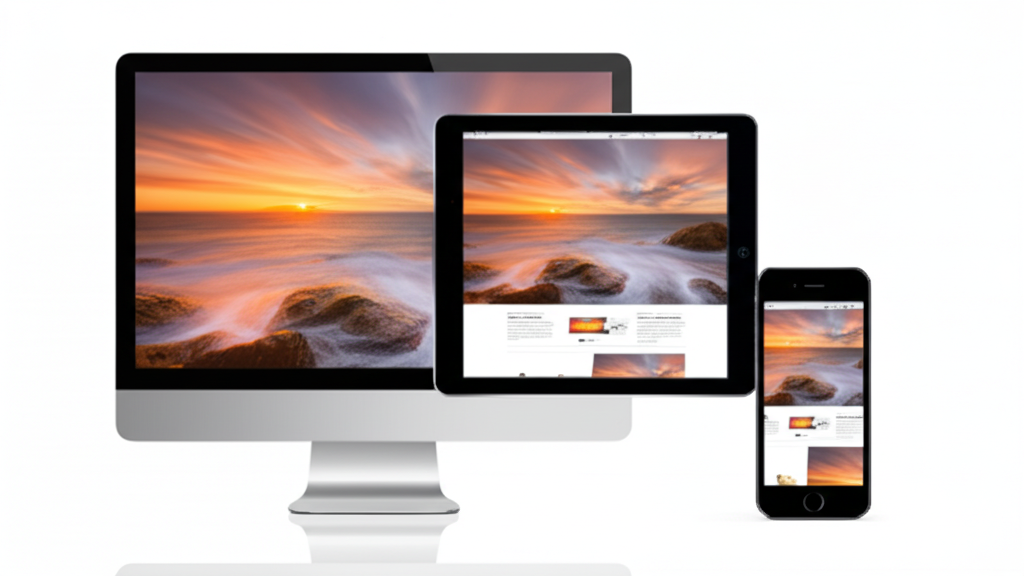Accessibility-First Development: Creating Inclusive Web Experiences

James Wilson
UX Researcher
Web accessibility is not just a legal requirement or a nice-to-have feature—it's a fundamental aspect of creating truly inclusive digital experiences. By adopting an accessibility-first approach to development, we can ensure that our websites and applications are usable by everyone, regardless of their abilities or circumstances. In this article, we'll explore the principles and practices of accessibility-first development.
Understanding the diverse needs of users is essential for accessibility. People with visual, auditory, motor, or cognitive impairments interact with the web in different ways. Additionally, situational limitations—like using a device in bright sunlight or in a noisy environment—can affect anyone. By designing for these varied needs, we create better experiences for all users.
The Web Content Accessibility Guidelines (WCAG) provide a comprehensive framework for accessibility. Following these guidelines ensures that content is perceivable, operable, understandable, and robust. Familiarizing yourself with WCAG and incorporating its principles from the beginning of projects is much more effective than trying to retrofit accessibility later.
Semantic HTML forms the foundation of accessible websites. Using appropriate elements like headings, lists, buttons, and form controls—rather than divs styled to look like these elements—ensures that content is properly structured and navigable by assistive technologies. This approach also improves SEO and maintainability.
Keyboard accessibility is crucial for many users who cannot use a mouse or touchscreen. Ensuring that all interactive elements are focusable and operable via keyboard, maintaining a logical tab order, and providing visible focus indicators are essential practices. Testing your site using only a keyboard can reveal many accessibility issues.
Alternative text for images, captions for videos, and transcripts for audio content make these media types accessible to users with visual or hearing impairments. These alternatives should convey the same information and function as the original media, ensuring no user misses out on important content.
Testing with real users and assistive technologies is irreplaceable. Screen readers, voice recognition software, and other assistive technologies may interact with your site in ways you haven't anticipated. Including people with disabilities in your testing process provides invaluable insights and ensures that your accessibility efforts are truly effective.
Accessibility is an ongoing process, not a one-time task. Regular audits, staying current with evolving standards, and incorporating accessibility into your development workflow are essential for maintaining inclusive experiences. As technologies and user needs change, our approach to accessibility must adapt as well.
The benefits of accessibility-first development extend far beyond compliance. Accessible websites typically have better usability for all users, improved SEO, wider market reach, and enhanced brand reputation. By prioritizing accessibility from the start, we create digital experiences that truly serve everyone and build a more inclusive web.
Share this article
Comments (3)
Alex Thompson
2 days ago
Great article! I've been implementing some of these techniques in my own projects and they've made a huge difference.
Sarah Johnson
1 week ago
This was exactly what I needed. The explanations are clear and the examples are practical. Looking forward to more content like this!
Michael Rodriguez
2 weeks ago
I appreciate the depth of this article. It addresses some common misconceptions and provides actionable insights. I've bookmarked it for future reference.
Leave a comment
About the Author

James Wilson
UX Researcher
James is a UX researcher specializing in accessibility and inclusive design. He advocates for creating digital experiences that work for everyone, regardless of ability or circumstance.
View all posts by JamesRelated Articles
No related articles found.
More from Bamboo Agency
Discover more insights and stories from our team.


